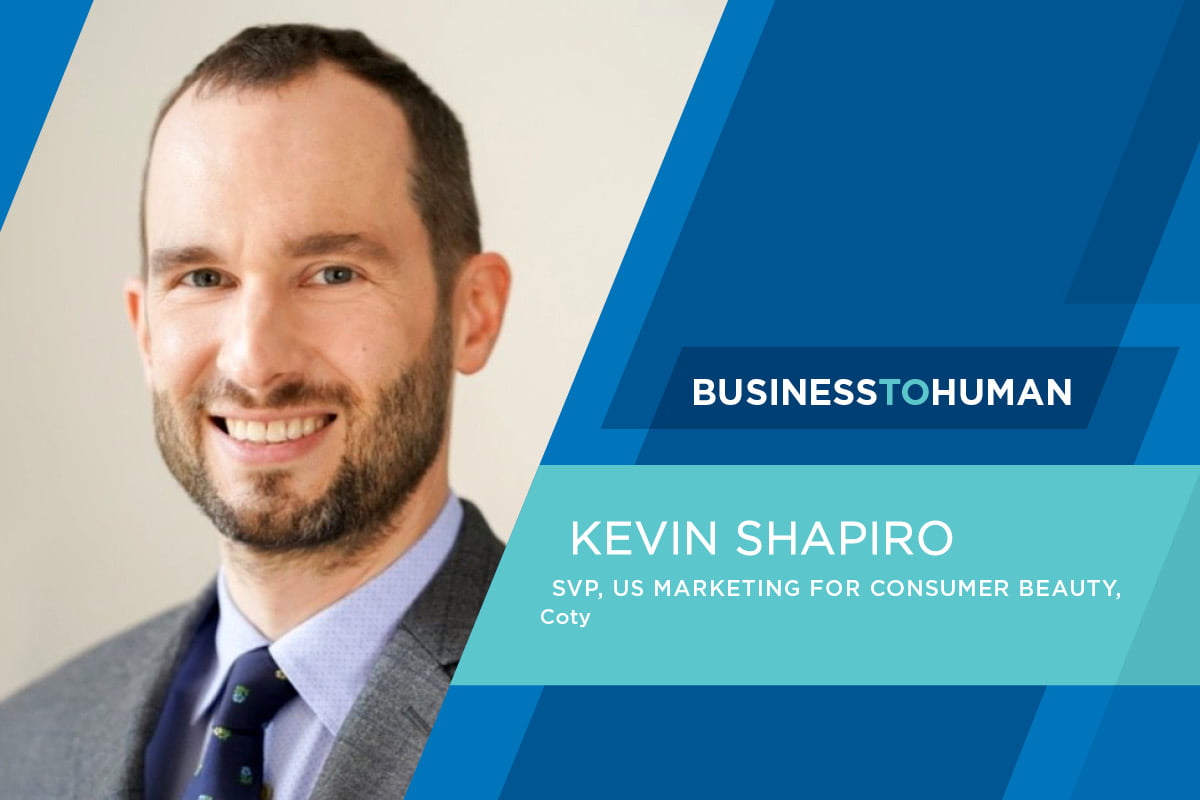Summary
New Consumer Packaged Goods (CPG) product launches are alive and well, with 4,644 products introduced in 2017.1 This excitement and innovation has been driven, according to IRI’s recently released 2018 New Product Pacesetters Report, by factors such as a strong millennial influence, the importance of personalization and a trend toward blended brands that blur category lines (think cosmetics that offer hydration and sun protection).
Additionally, smaller companies are launching new products with gusto, effectively competing with traditional CPG shelf space – or site space. According to the Pacesetters report, approximately $15 billion in 2017 sales was redirected from large companies to smaller ones which tend to have more appealing, millennial-focused, new products.2
So, how can the traditional CPG brand successfully grab attention for their new product? How can they reach the millennial shopper, who is by no means traditional? And can coupons play a role?
In general, the coupon continues to bring in sales, regardless of whether or not a product is new. The Valassis 2K18 Coupon Intelligence Report revealed that nearly 90 percent of shoppers are influenced to try new products if there is a coupon and 92 percent are influenced to choose a brand they would not typically buy.3 Millennials also embrace coupons, 94 percent indicate they use them; up 6 points from 2016 to 2017.4 But, their preferred delivery method for coupons is digital. According to GfK, the digital coupon shopper seeks out new products 78 percent more than the average shopper.5 Millennials also rely heavily on social media to gain insight and recommendations for new brands, 90 percent share deals and 43 percent do so through social media.6
The takeaway? CPGs should consider an incentive-based approach for new product launches even if a product is targeted to the less traditional millennial. Coupons work and delivering them during a launch will help lower the purchase decision threshold and take some of the inherent risk away from trying a new product. The keys, however, are utilizing the right media channels – both print and digital – then delivering the best value through those channels.
How to Use Coupons Strategically During New Product Launches
For All Shoppers:
Leverage Retailer Power: Inmar recently reported that 72 percent of shoppers use circulars to find new products,7 and Valassis reports an average lift of 20 percent when retailer ads are used.8
Cast a Wide Net: The Free-standing Insert (FSI) is the best vehicle for creating broad-scale awareness of a new product. Case studies and analytics show that on average, 49 percent of FSI users are new or lapsed users.
Use Attribution: Research from Gfk and Valassis confirms what we already know: to attract new buyers, offer a high-value incentive and low-purchase requirement.
For Millennial Shoppers:
Focus on Influencers: Use blogs and social media to tout product benefits and link the message to a coupon landing page to encourage immediate action.
Garner In-store Attention: Use at-shelf chatbots or dynamic mobile messaging. Real-time analytics tools like ansa RSi will help ensure you are hitting shoppers with new product messages and coupons when the product is in full distribution at the shelf.
Tailor Messaging: Play on sustainability, curiosity and social responsibility when delivering incentives.
Sources:
- Kantar Media
- IRI New Product Pacesetters: Blazing a Trail for the Next Generation, April 2018
- Valassis 2K18 Coupon Intelligence Report: Modern Shoppers and Their Quest for Savings
- Valassis 2K17 Coupon Intelligence Report
- Gfk Shopper Lab: Almost Half to Mobile Coupon Users Say they Like to Change Brands Often, Business Wire
- Valassis Purse Strings Study, 2013
- Inmar 2018 Shopper Behavior Study
- Valassis Response Analytics Database, March, 2017 (126 studies for New User data; 36 Studies for Retailer Coupon data)



